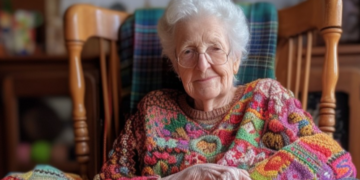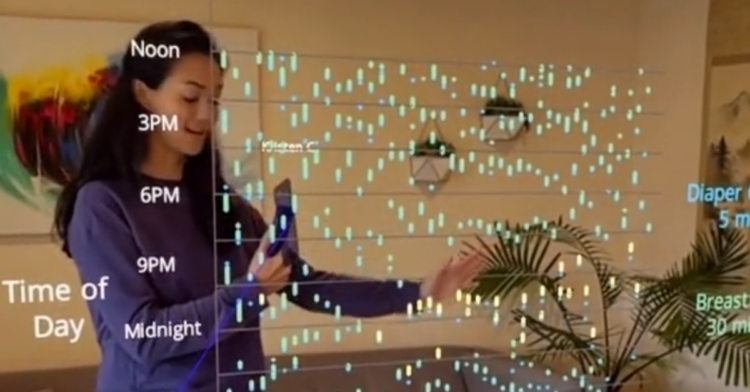When someone tries to start a family, they’re likely to get their share of warnings from parents about what they can expect about this big step in their lives.
But as many new moms quickly learn, there’s only so much about the experience of giving birth and raising a newborn that anyone can prepare you for. And that’s all assuming that the pregnancy goes swimmingly and doesn’t result in a painful and expensive stay in the ICU.
And it’s for that reason that in recent years, there are no shortage of new parents who are standing up and speaking out about the limited support and extreme expectations they are experiencing.
Although it’s possible to get a sense of how those issues intersect when we hear arguments calling for the extension of paid family leave to the American people, one couple’s incredibly detailed chart shows just how overwhelming even part of the new parenting experience can be.
After Kristen Cuneo of California gave birth to her daughter Autumn in January, she and her husband Michael DiBenigno started using an app to keep track of their baby’s needs and habits.

But as Good Morning America reported , the fact that Cuneo works for a tech company and DiBenigno is a co-founder of a data storytelling firm called Flow Immersive seemed to prime them to recognize what the data from that app was telling them.
Namely, that they had worked even harder as parents than they thought.
As DiBenigno put it, “We had heard over and over that being a new parent, you never sleep, but it’s hard to understand what that really felt like.”
So by the middle of November, the couple decided to create a detailed visual representation of what they discovered.

And while the chart they presented in a November 19 TikTok only covered the feeding and diaper changing Cuneo took care of in the first seven weeks of motherhood, there was still enough there for thousands of data points.
In Cuneo’s words, “Objectively, it’s a lot, and every data point took time, ranging from five minutes for a diaper change to 30 minutes for a feeding, on average.”
But as we’ll soon see, the work that goes down during maternity leave doesn’t just boil down to the raw hours spent tending to a baby’s needs.
As Cuneo put it, “The real kicker is when it happens, 24 hours a day.”

She then gestured to one data point depicting a midnight bottle feed by her husband during the third week.
For Cuneo, that feeding marked the first time she had slept for more than three hours at a time since bringing her daughter home.
And as one commenter noted, that’s just scratching the surface.
In their words, “And that does not include laundry, bathing, well baby checkups, getting baby to sleep, fussy baby or the fact that baby needs to be held constantly.”
So while some people might refer to maternity leave as a “vacation,” it’s really more akin to trading one full-time job for another.
And Cuneo’s situation was actually rosier than what a lot of new mothers face as she told Good Morning America that she was able to secure what she described as a “very generous” five months of maternity leave.
According to the Bureau of Labor Statistics , only 27% of private workers have any access to paid family leave and the rest usually rely on just 12 weeks of unpaid leave provided by the Family and Medical Leave Act of 1993.
h/t: Good Morning America
















































